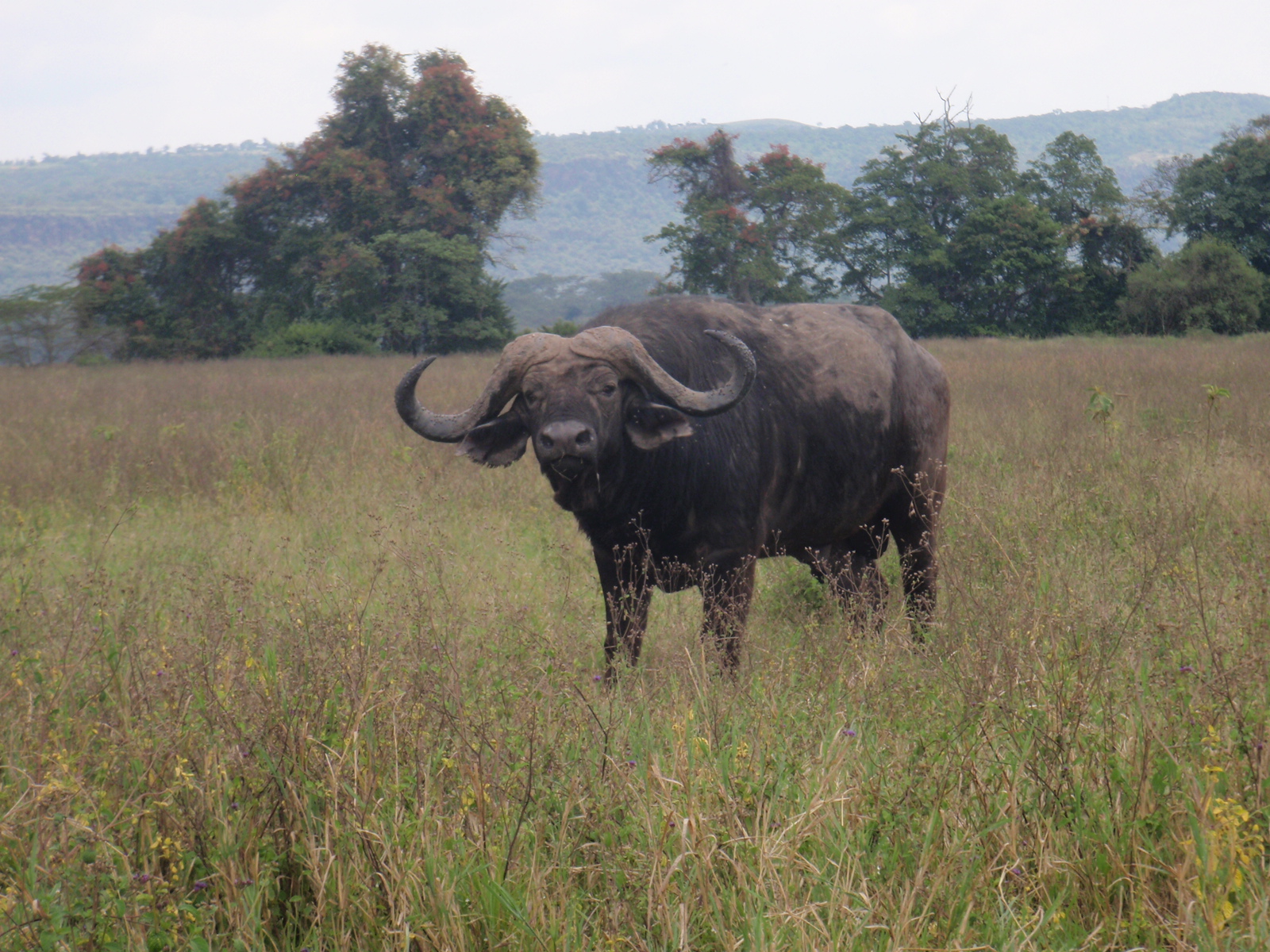PubH 7460 Biostatistical Computing II - Fall 2013

School of Public Health
Division of Biostatistics
It is a good thing for an uneducated man to read books of
quotations.
- Winston Churchill
A day without sunshine is like, you know, night.
- Steve Martin
I believe that a scientist looking at nonscientific problems is just
as dumb as the next guy.
- Richard Feynman
If you can't explain it to a six year old, you don't understand it
yourself.
- Albert Einstein
The intent in this course is to gain some skill in statistical computing
using SAS, R, Splus, and possibly FORTRAN or C. The recurring theme is solving
problems by turning an algorithm into a program that provides relevant
answers. Some background in probability and statistics, including an
introduction to likelihood, is needed.
Topics covered will include use of pseudo-random number generators,
distribution functions (pdfs and cdfs), matrix manipulations with
applications to regression and estimation of variance, simulation
studies, minimization of functions using various algorithms,
nonlinear regression, manipulation and combination of datasets,
techniques of macro programming, and methods of integration using
quadrature.
The course is intended primarily for MS and MPH students in Biostatistics
and Statistics. At least one previous semester of courses in biostatistics and
statistics and concurrent or previous enrollment in a
course involving linear regression are strongly recommended.
The main content of the course is a series of computing projects (see
Syllabus). Datasets based on previous studies will be available for
providing examples of computational methods.
This course is not intended as a continuation of SPH 6420. In general the
level of statistical knowledge and mathematical skill is somewhat advanced over
that required in SPH 6420 or the SPH 6450-6451 sequence.
Categorical Data Lecture 15
Categorical Data Lecture 16
kisumu.2011
SAS analysis of crossover data ...
Excerpt from Cochran & Cox ...
Kutner et al. Table 28.11: Apple Sales
Three-Period Crossover Example ...
Incomplete Block Design Example ...
The Two Kinds of Orthogonality ...
Orthogonality and Un-Correlation ...
Split-Plot Example: Snedecor & Cochran ...
SAS Program for the Snedecor & Cochran example ...
EXCEL FILES FOR AFRICA 2010:
Biostat Intro 1 Excel File
Biostat Intro 2 Excel File
Biostat Intro 3 Excel File
Biostat Intro 4 Excel File
-
From left: Donghwi Shin, Brad Lewis, Craig Meyer, Sarah Verdoliva,
Chris Miller, Rachael Rivard, Patrick Hilden, Kris Kapphahn
-
-
-
-
-
-
-
-
-
-
-
-
-
-
-
-
-
-
-
-
-
-
-
-
Notes for this course:
notes.001 : Random number generators
notes.001.1 : Useful Functions
notes.002 : Randomization schedules
notes.003 : Pseudo-random numbers
notes.004 : Sample size, power, simulations
notes.004.1 : Use of a SAS macro to call a procedure repeatedly in simulations ...
Excerpt from Lachin: Sample Size for Survival Analysis
notes.005 : Binomial outcomes
notes.006 : Some program examples
notes.007 : More on simulations
Numeric Computation of PDFs / Derivatives.
notes.008 : Computation of summary stats
--- lhs.listing : datafile for Prob 10.2, notes.008
mediansum.examp : Computation of Median, Use of SYMPUT.
notes.009 : More on summary stats
notes.010 : More on summary stats
--- lhs.data : datafile for Prob 11, notes.010
notes.011 : Mysteries of the SAS data step
notes.012 : Simulation from additional distribs
regression.problem: Simulation to Answer a Regression Question
asthma.out: Data Set for Homework Assignment on Permutation Test
notes.013 : Linear transformations, matrices 1
Linear transformation of unit square.
notes.014 : Linear transformations, matrices 2
notes.015 : Linear transformations, matrices 3
notes.016 : SAS proc iml
notes.016a : SAS proc iml basics ...
notes.016b : Bootstrap Using PROC IML
notes.017 : Proc iml: solving nonlinear eqns
notes.018 : Proc iml: finding maxima, minima
notes.019 : Proc iml: maximum likelihood estn
notes.020 : Proc iml: max like estn, contin.
PROC NLP applied to regression with truncated data
notes.021 : Proc iml: simulating multivar normals
notes.021a : Using Eigenvectors to Define Uncorrelated Variables
notes.022 : SAS macros: macro variables
notes.023 : SAS macros: basics plus ...
notes.023a : SAS macros: Some generalities & examples
notes.023b : SAS macros: Simulations using SAS procedures
notes.024 : SAS macros: SAS/GRAPH ...
notes.025 : SAS macros: More SAS/GRAPH ...
notes.026 : SAS PROC NLIN: Introduction.
notes.emalgorithm : EM Algorithm.
Zero-Inflated Poisson Data: 3 approaches
Random Permutations and Permutation Tests.
notes.027 : SAS PROC NLIN and amoeba ...
notes.028 : Variance Estimation, I
notes.029 : Variance Estimation, II : Delta Method
notes.030 : Numerical Integration
notes.031 : Numerical Integration, Contin.: Romberg Integration
notes.032 : Bayes Computations and Numerical Integration
Biostatistics Home Page
Web address of this page: http://www.biostat.umn.edu/~john-c/ph7460.f2006.html
Most recent update: December 2, 2013.
For additional photos from Africa and others, see:
John C. Flickr Website

Web counter provided by WebCounter(TM), http://www.digits.com


